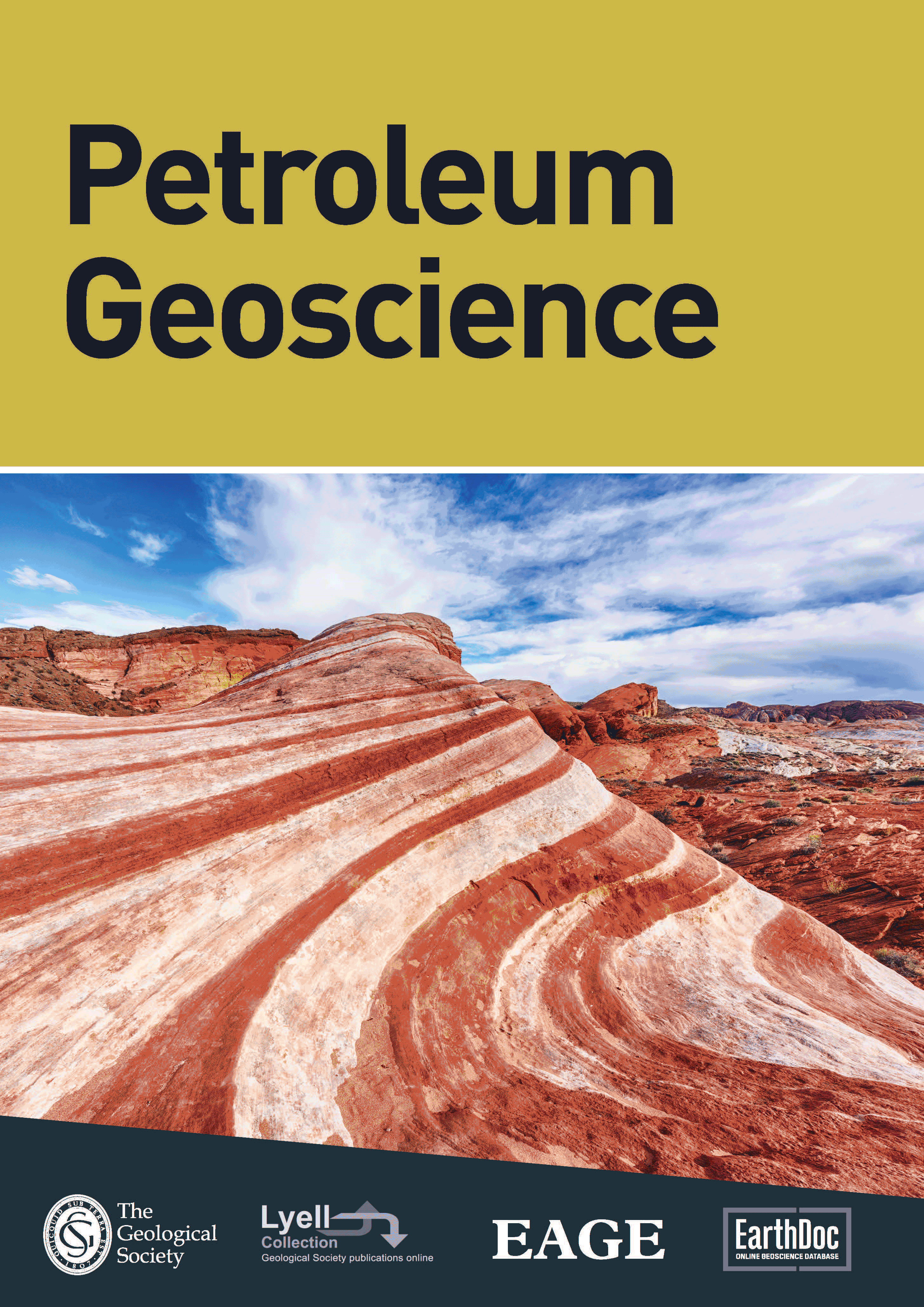
Full text loading...
 , Benjamin Busch2, Dennis Quandt2, Mathias Knaak1, Christoph Hilgers2
, Benjamin Busch2, Dennis Quandt2, Mathias Knaak1, Christoph Hilgers2
Former coal mines hosted in Upper Carboniferous silt- and sandstones in the Ruhr Basin, NW Germany, are currently examined for post-mining applications (e.g. geothermal energy) and are also important tight-gas reservoir analogs. Core material from well Pelkum-1, comprising Westphalian A (Bashkirian) delta deposits, was studied. The sandstones and siltstones are generally tight (mean porosity 5.5%; mean permeability 0.26 mD). Poor reservoir properties primarily result from pronounced mechanical compaction (mean COPL 38.8%) due to deep burial and high contents of ductile rock fragments. Better reservoir properties in sandstones (>8%; >0.01 mD) are due to (1) lower volumes of ductile grains (<38%) that deform during mechanical compaction and (2) higher volumes in feldspar and unstable rock fragments. During burial these form secondary porosity (>1.5%) resulting from acidic pore water from organic matter maturation. Still, sandstones with enhanced porosities only show a small increase in permeability since authigenic clays (i.e. kaolinite and illite) or late diagenetic carbonates (i.e. siderite and ferroan dolomite/ankerite) clog secondary porosity. Quartz cementation has a minor impact on reservoir properties. Evaluating the Si/Al ratio can be a suitable proxy to assess grain sizes and may be a convenient tool for further exploration.
Supplementary material: Lithologs and petrophysical data of well Pelkum-1 are available at https://doi.org/10.6084/m9.figshare.c.7003156

Article metrics loading...

Full text loading...
References


Data & Media loading...

